What Are the Types of Material Handling Equipment?
Material handling equipment is essential in numerous industries, enabling efficient transportation, storage, and management of goods and materials.
From manufacturing and logistics to construction and warehousing, understanding the different types of material handling equipment can significantly boost productivity and safety. This article explores various types of equipment used in the material handling industry, highlighting their specific applications and advantages.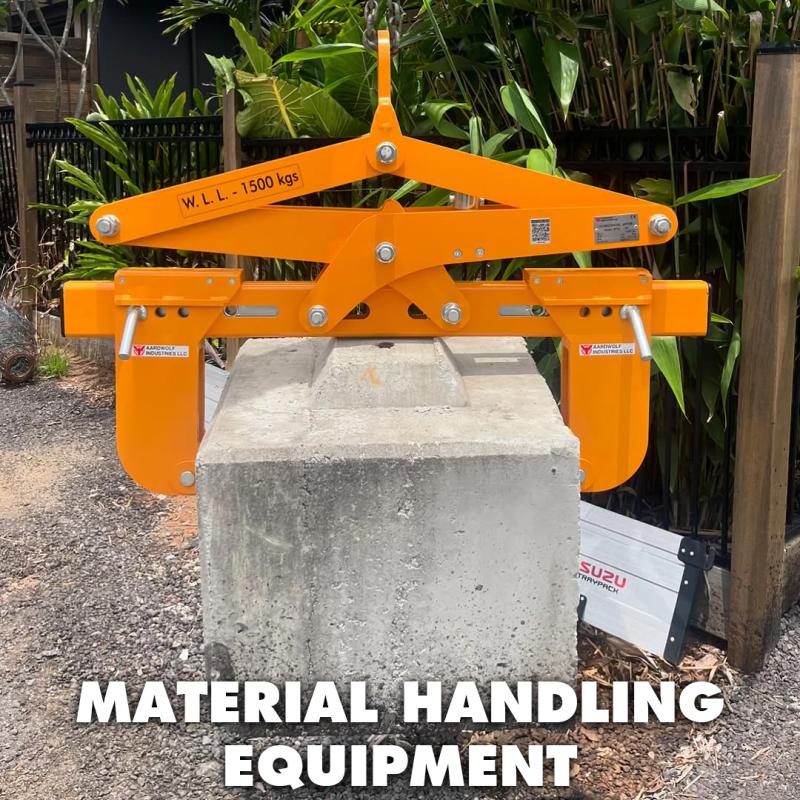
Understanding Material Handling Equipment
Material handling involves moving, protecting, storing, and controlling materials throughout manufacturing, warehousing, distribution, consumption, and disposal processes. Effective material handling contributes significantly to operational efficiency, worker safety, and overall productivity. Material handling equipment can range from simple manual tools to complex automated systems.
Importance of Material Handling Equipment
Proper handling material solutions offer numerous benefits:
-
Enhanced Productivity: Efficient equipment reduces downtime and boosts output.
-
Improved Safety: Minimizes the risk of workplace injuries through ergonomic design and automation.
-
Reduced Costs: Efficient material handling reduces labor costs and product damage.
-
Space Optimization: Efficient storage and transportation solutions maximize the use of available space.
Categories of Material Handling Equipment
Material handling equipment can be categorized into four primary types:
1. Storage and Handling Equipment
This type of equipment is used to hold materials when they are not being transported. Examples include:
-
Shelving and Racks: Provide efficient storage solutions for pallets and small items.
-
Bins and Drawers: Useful for storing smaller items and facilitating organized inventory management.
-
Mezzanines: Elevated platforms for additional storage space.
2. Engineered Systems
Engineered systems involve automated, integrated material handling solutions:
-
Conveyor Systems: Transport goods along a fixed path to enhance throughput.
-
Automated Guided Vehicles (AGVs): Self-guided vehicles for transporting materials safely.
-
Robotic Delivery Systems: Robotics that handle tasks like picking, packing, and sorting efficiently.
3. Bulk Material Handling Equipment
Used primarily to move large volumes of bulk materials:
-
Hoppers: Containers for temporary storage before transferring materials.
-
Conveyors and Elevators: Move bulk goods vertically or horizontally.
-
Stackers and Reclaimers: Handle bulk material stacking and retrieval in industrial applications.
4. Industrial Trucks
Vehicles designed to transport goods over variable paths:
-
Forklifts: Commonly used in warehouses for stacking and transporting pallets.
-
Hand Trucks: Useful for moving smaller items or boxes manually.
-
Pallet Jacks: Move pallets across short distances with ease.
Lifting Equipment in Material Handling
Lifting equipment plays a critical role in material handling, especially in manufacturing and construction. Some essential lifting solutions include:
Gantry Crane
A gantry crane consists of a structure with legs supporting a horizontal beam, capable of lifting heavy materials. Gantry cranes are widely used in shipyards, factories, and ports for their robust build and extensive lifting capabilities.
Jib Crane
A jib crane features a rotating horizontal arm and is ideal for localized lifting tasks in manufacturing and assembly operations. It provides precise control and efficient handling in confined spaces.
Scissor Lifter
A scissor lifter is designed to elevate heavy items using a crisscross mechanism. It is particularly useful in assembly lines, maintenance tasks, and loading docks.
Hoists and Winches
Used in various industries to lift and move loads vertically, hoists and winches ensure controlled, safe lifting operations.
Essential Accessories in Material Handling
Proper accessories enhance the efficiency and safety of material handling equipment:
Ratchet Tie Down Straps
Using ratchet tie down straps ensures loads remain secure during transport. They are vital for stabilizing materials and reducing the risk of accidents.
Slings and Hooks
Critical for lifting and moving heavy loads safely, these accessories provide reliable support and prevent material damage.
Trends Shaping the Material Handling Industry
The material handling industry continually evolves, influenced by technological advancements and changing operational demands:
Automation and Robotics
Automated solutions are becoming standard, improving efficiency, accuracy, and reducing operational costs.
Sustainability and Green Solutions
Eco-friendly equipment and sustainable practices, such as energy-efficient machinery and recyclable materials, are increasingly vital for environmentally conscious operations.
Internet of Things (IoT)
IoT technologies facilitate real-time tracking, predictive maintenance, and improved decision-making capabilities within material handling processes.
Selecting the Right Material Handling Equipment
Choosing appropriate equipment involves careful consideration of several factors:
-
Load Requirements: Assess weight, size, and nature of materials handled.
-
Operational Environment: Consider indoor vs. outdoor usage and space constraints.
-
Safety Features: Prioritize equipment with robust safety mechanisms.
-
Cost-Effectiveness: Balance initial investment with operational efficiency and long-term savings.
Conclusion
Understanding the diverse types of material handling equipment empowers businesses to enhance efficiency, safety, and productivity. From gantry cranes and jib cranes to automated systems and essential accessories like ratchet tie down straps, every element plays a crucial role in optimized handling material solutions. Embracing emerging trends ensures companies remain competitive within the dynamic material handling industry, achieving operational excellence and sustained growth.













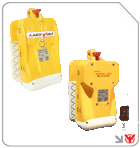

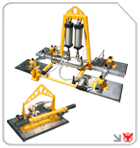
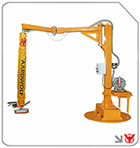
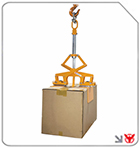
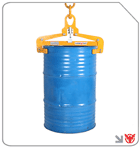

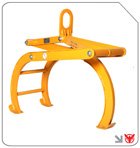

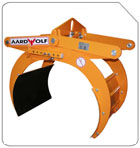
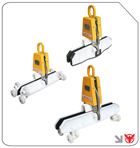

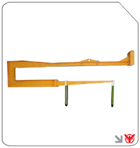
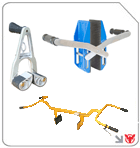
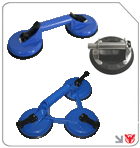

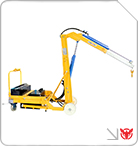

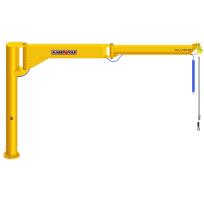
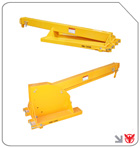
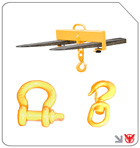
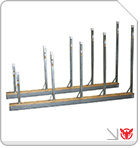
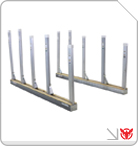
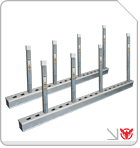



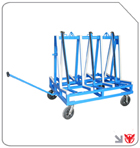

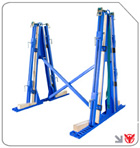
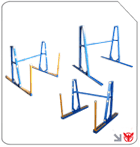
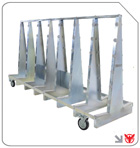
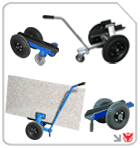


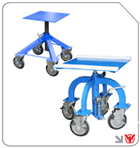




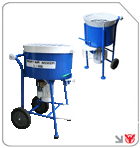

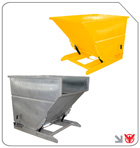

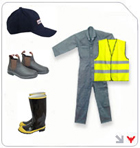
Follow us on: